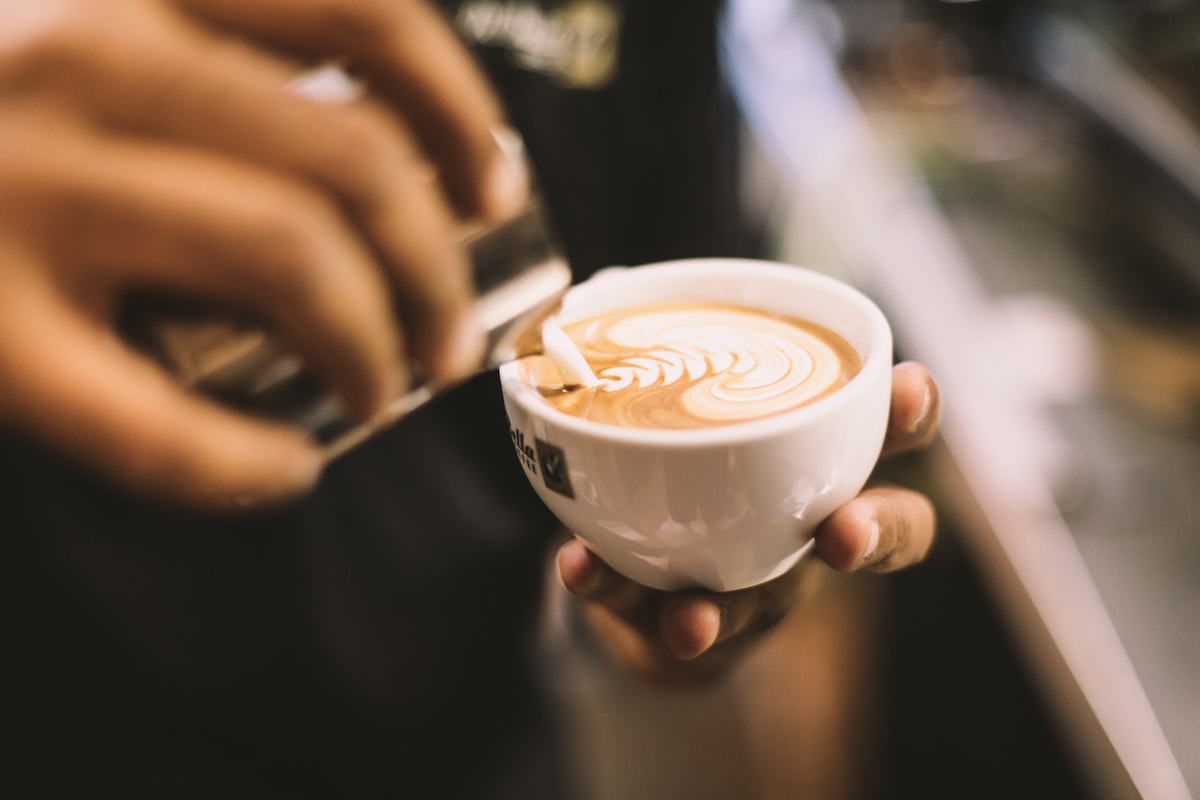The rules of the Italian table
Italian eating rules and why they exist.

Ever since I started getting interested in Italian food, it has become quite a fascination for me. There is something special about the relationship Italians have with their favourite dishes and ingredients. The passion for seasonal fruit and vegetables is of the utmost national importance. I also am enthralled by the passion they have for regional dishes like pasta all'amatriciana in Lazio, tortellini in brodo in Emilia Romagna or sfincione around Palermo. But speaking about Italian food is impossible to do without mentioning the various rules that come with it.
Italian eating culture is full of rules that can sometimes seem odd for outsiders. While many of them do derive from very logical reasoning, some can seem a bit odd if you don't understand their provenance.
One of the most famous ones actually involves a drink: cappuccino. This shot of espresso topped with foamed milk is an absolute delight when done well. It is something I could drink all day. Alas, in Italy, it is common practice to not drink cappuccino, or any milk-based coffee drink, after 11 am. The reasoning stems from the fact that these milk-based drinks are heavy and do not sit well in the stomach, so if you only have one in the day, at breakfast before 11 am, then you'll be fine. James Hoffmann believes that this mainly comes from a large proportion of lactose intolerance among Italians. Therefore drinking large amounts of cappuccinos throughout the day would have dire consequences on their digestion. Therefore limiting this to the morning generally avoids any issues. This isn't the only rule involving a dairy product.
Parmigiano Reggiano is perhaps one of the most popular cheeses in the entire world. Its perfect balance of sweetness, saltiness and umami makes it an obvious ingredient to reach for when cooking any Italian dish. You would however be stopped right in your tracks if you ever tried to use it in a fish dish. In fact, you will rarely find any type of cheese with fish. The reasoning behind this is that most fish has quite a mild and delicate flavour whereas cheese is stronger and could overpower the overall dish. If you are eating a fish dish you generally want that to be the star of the show and cheese could mess with that.
Having grown up in France, bread is an essential accompaniment to any dish, but in Italy, it is slightly more complicated. You generally won't find Italians eating bread alongside a dish, especially if it is pasta. However, they will use it at the end to mop up any sauce that might be leftover. This action is called la scarpetta and is almost the same as what the French call saucer le plat. The point of the bread is to not let any sauce go to waste, not to be a filling addition to the meal.
But as the saying goes, all rules are made to be broken. This means that you shouldn't deprive yourself of an afternoon cappuccino when in Italy, even if it does mean that you'll be flagged as a foreigner. Mixing cheese and fish has been done by chefs in Italy, all the while keeping in mind the balance of flavours, so the fish doesn't get overpowered. Therefore cheese can be found in some dish variations like pizza al tonno (tuna pizza) or pasta alle cozze (mussel pasta).
Different cultures have many habits around eating and Italy is no different. They make a lot of sense and can tell a lot about the culture that have them. It is also important to point out that they don't necessarily apply to all other cultures. So if ever you're in Italy and really fancy a cappuccino after 11 am and you know it isn't going to affect you, just go for it!
